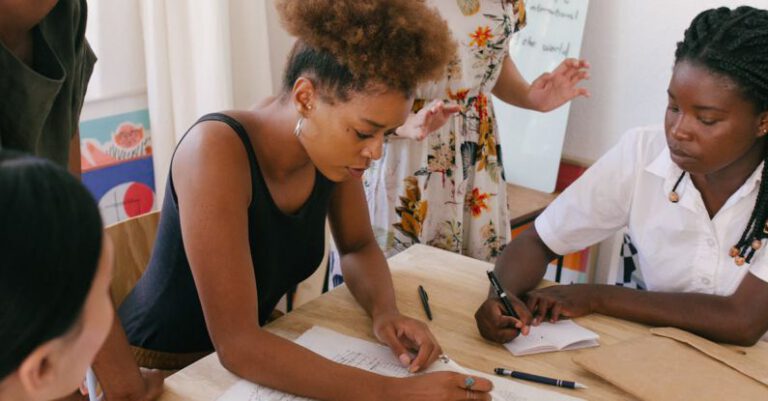What Are the Best Practices for Documenting Tape Art Projects

Documenting tape art projects is essential for preserving the creativity and hard work put into each piece. Whether you are a tape artist yourself or an admirer of this unique form of art, capturing the essence of tape art projects through documentation ensures their longevity and impact. Here, we explore the best practices for documenting tape art projects to showcase their beauty and intricacies.
**Choosing the Right Equipment**
When it comes to documenting tape art projects, having the right equipment is crucial. Invest in a high-quality camera or smartphone with a good resolution to capture the intricate details of the tape art. A tripod can also be handy for stabilizing your shots and ensuring clear, focused images. Additionally, consider using a wide-angle lens to capture the entire tape art piece in one frame, providing a comprehensive view of the artwork.
**Natural Lighting is Key**
Lighting plays a significant role in how well your tape art project is documented. Natural light is ideal for capturing the colors and textures of the tape art accurately. When documenting your tape art, try to do so during the day when natural light is abundant. Position the artwork in a well-lit area, avoiding harsh shadows that may distort the details of the piece. Experiment with different angles to find the best lighting that highlights the intricacies of the tape art.
**Focus on Composition**
Composition is vital when documenting tape art projects. Pay attention to the framing of your shots and consider the overall layout of the artwork within the frame. Experiment with different perspectives, angles, and depths to capture the tape art from various viewpoints. Incorporating surrounding elements or environments can also add context and depth to your documentation, providing a holistic view of the tape art project.
**Capture the Process**
Documenting the process of creating a tape art project can be just as captivating as showcasing the final piece. Consider taking photos or videos of the artist at work, capturing the intricate steps involved in creating the tape art. These behind-the-scenes shots can offer insight into the artist’s creative process and the dedication required to bring the art to life. Showcasing the evolution of the tape art project from start to finish adds a dynamic element to your documentation.
**Detail Shots**
In addition to capturing overall shots of the tape art project, focus on taking close-up detail shots to highlight the intricacies and textures of the artwork. Zoom in on specific areas of the tape art to showcase the precision and craftsmanship involved in creating the piece. Detail shots can also reveal the layers and patterns within the tape art, offering viewers a closer look at the artist’s meticulous work.
**Utilize Different Mediums for Documentation**
When documenting tape art projects, consider utilizing different mediums to showcase the artwork effectively. In addition to photographs, explore video documentation to provide a dynamic visual experience for viewers. Time-lapse videos can capture the evolution of the tape art project in a condensed format, offering a unique perspective on the creative process. Utilizing multiple mediums allows for a comprehensive documentation of the tape art project, catering to different audience preferences.
**Preserving and Sharing**
Once you have documented the tape art project, ensure that you store the images and videos in a safe and organized manner. Create digital backups to prevent loss of documentation and make it easily accessible for sharing and future reference. Consider creating a portfolio or online gallery to showcase your tape art projects to a wider audience. Sharing your documentation on social media platforms or art communities can help generate interest and appreciation for tape art as a unique form of artistic expression.
**In Summary**
Documenting tape art projects is a creative and essential aspect of preserving the beauty and intricacies of this unique art form. By following these best practices, you can effectively capture the essence of tape art projects, from the creative process to the final masterpiece. Remember to focus on choosing the right equipment, utilizing natural lighting, emphasizing composition, capturing the process, taking detail shots, exploring different mediums for documentation, and preserving and sharing your documentation to showcase the beauty of tape art projects to the world.





